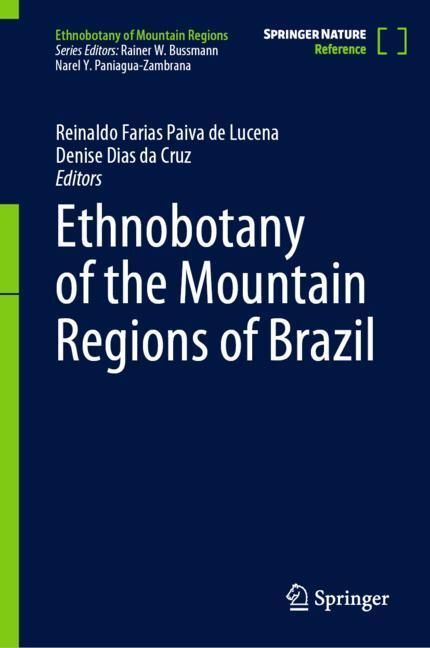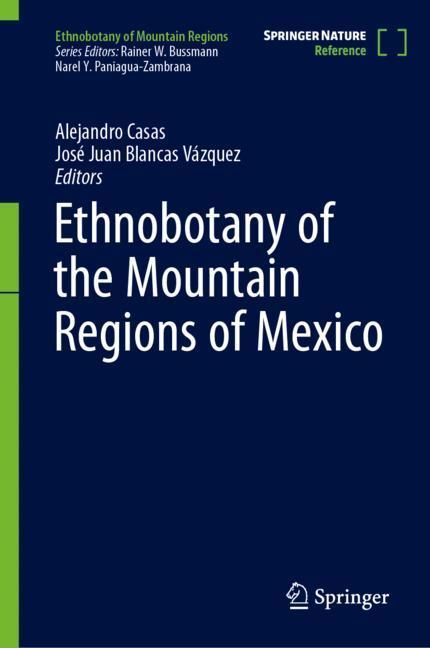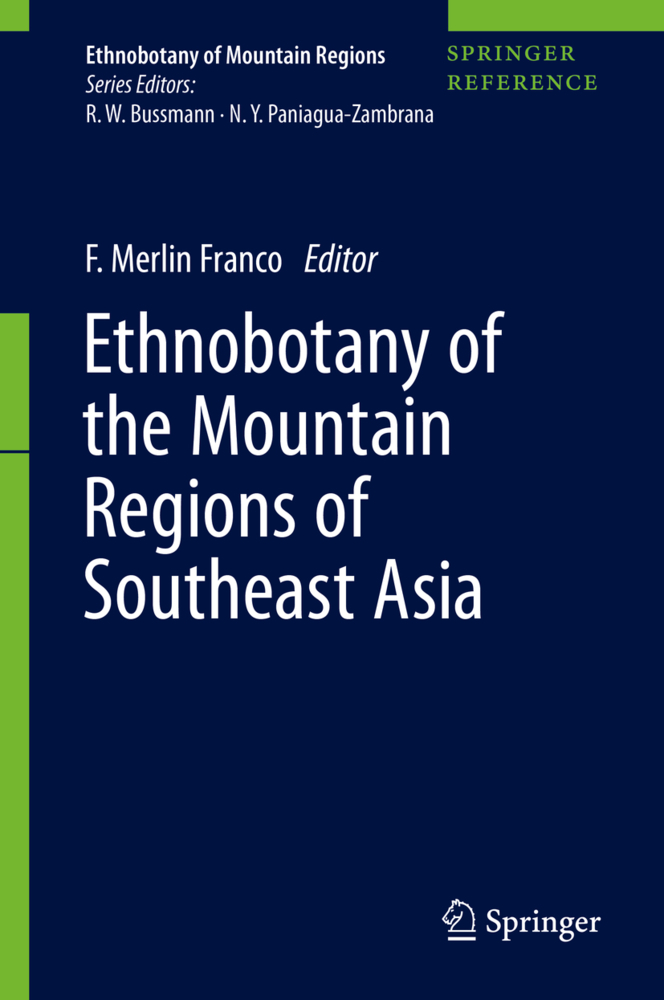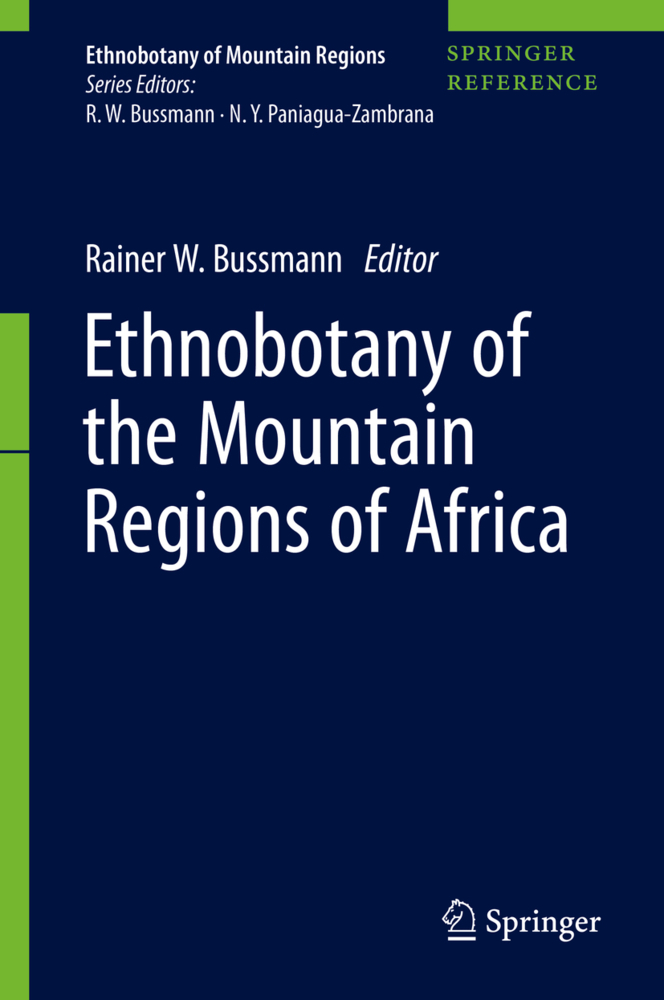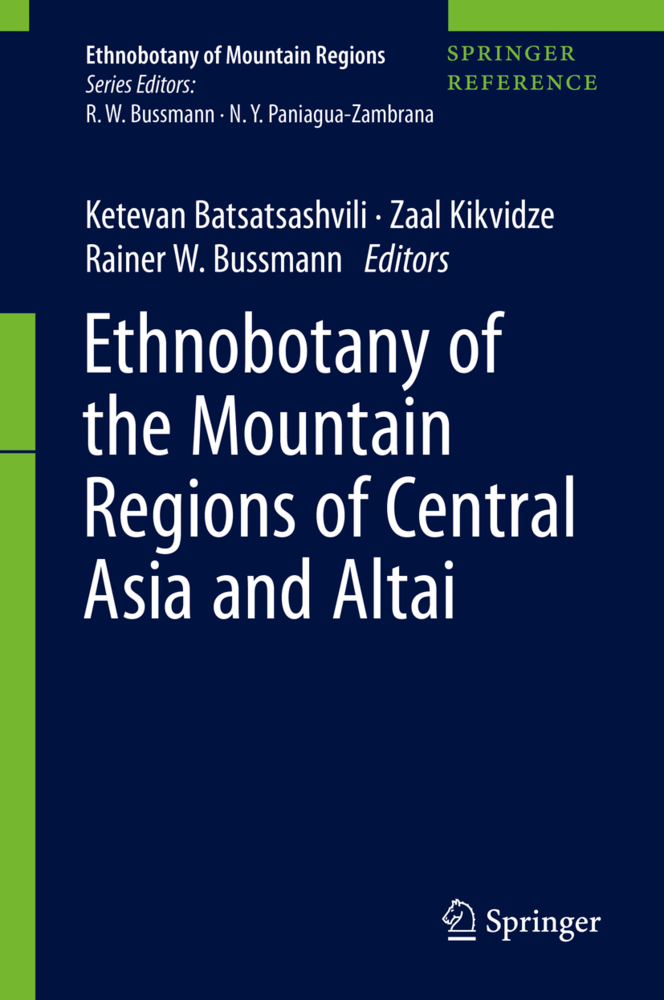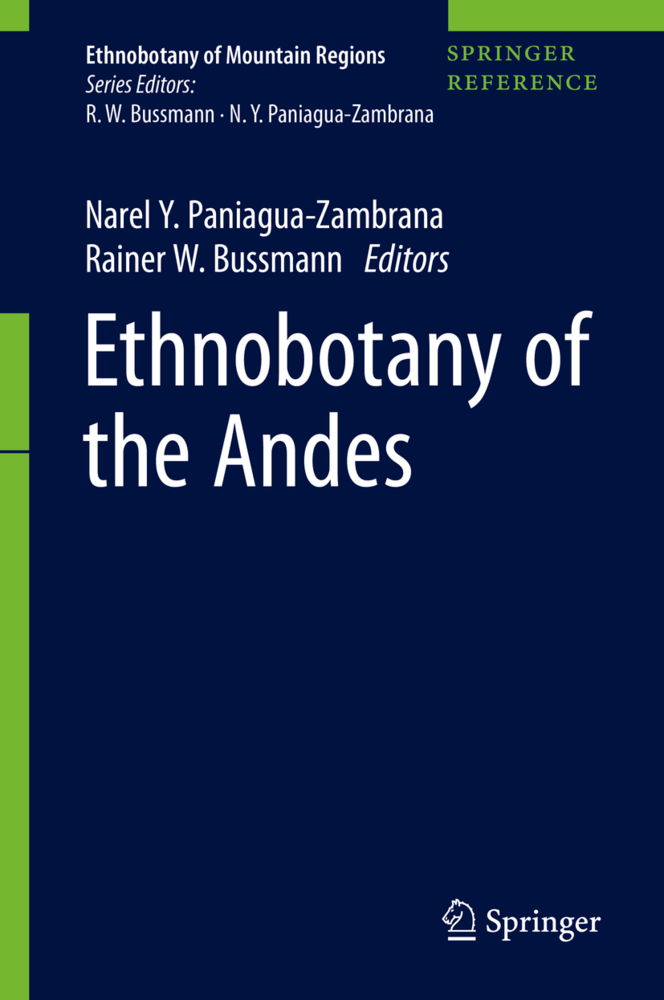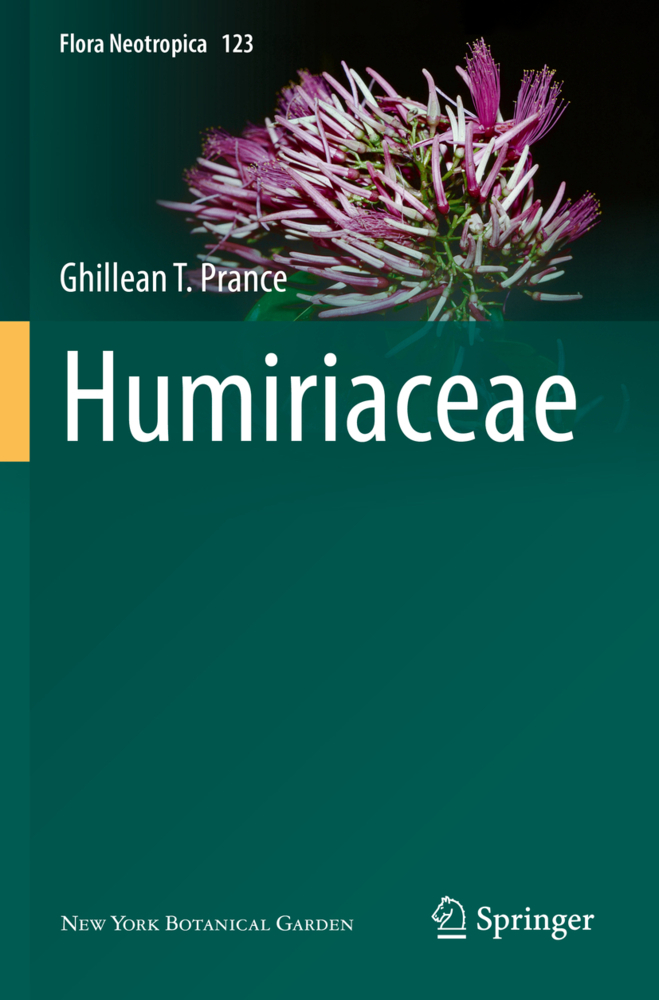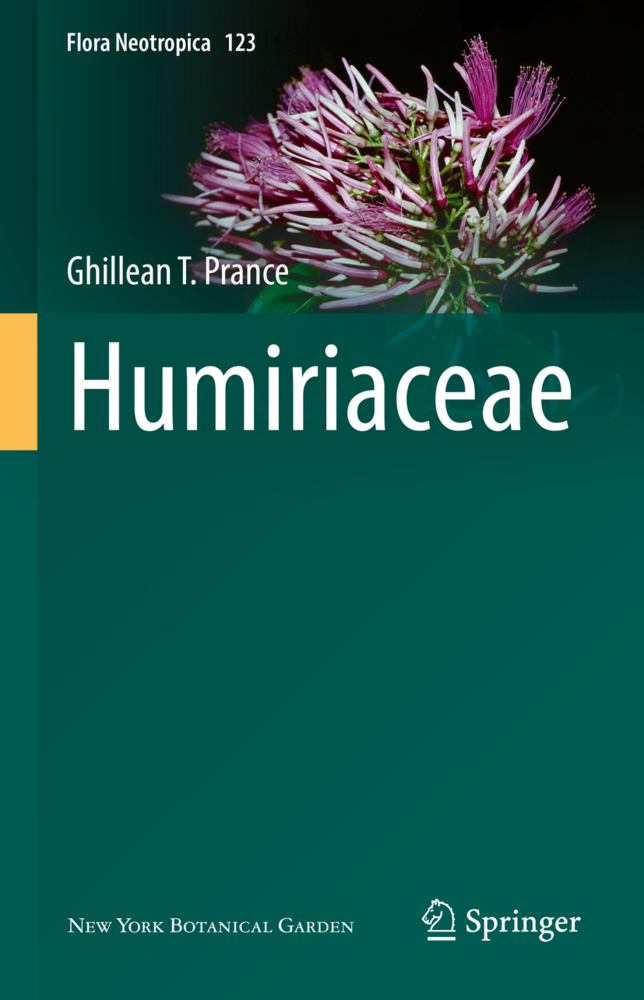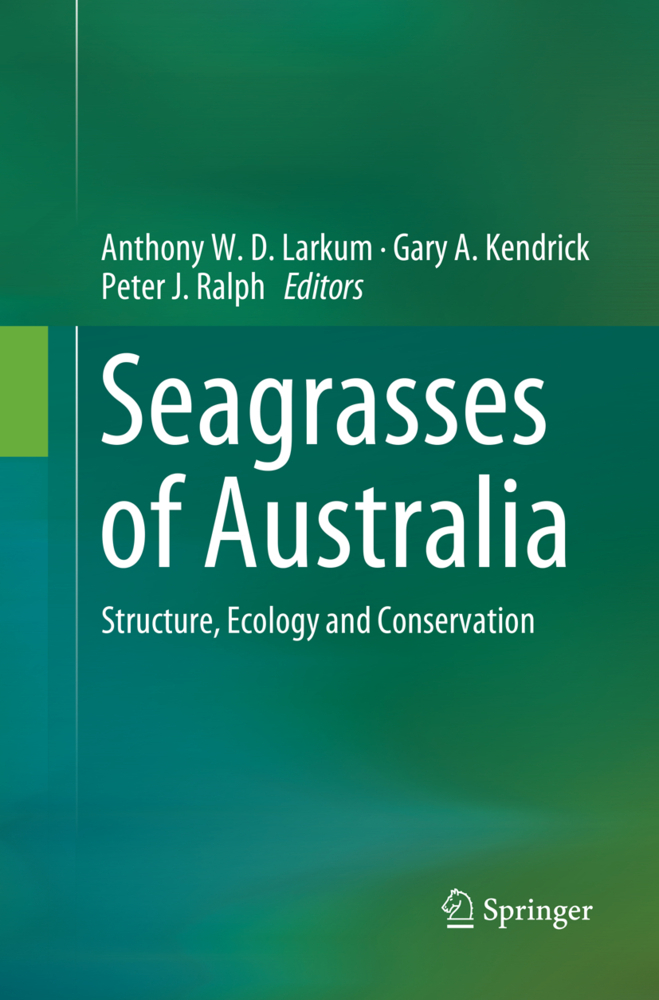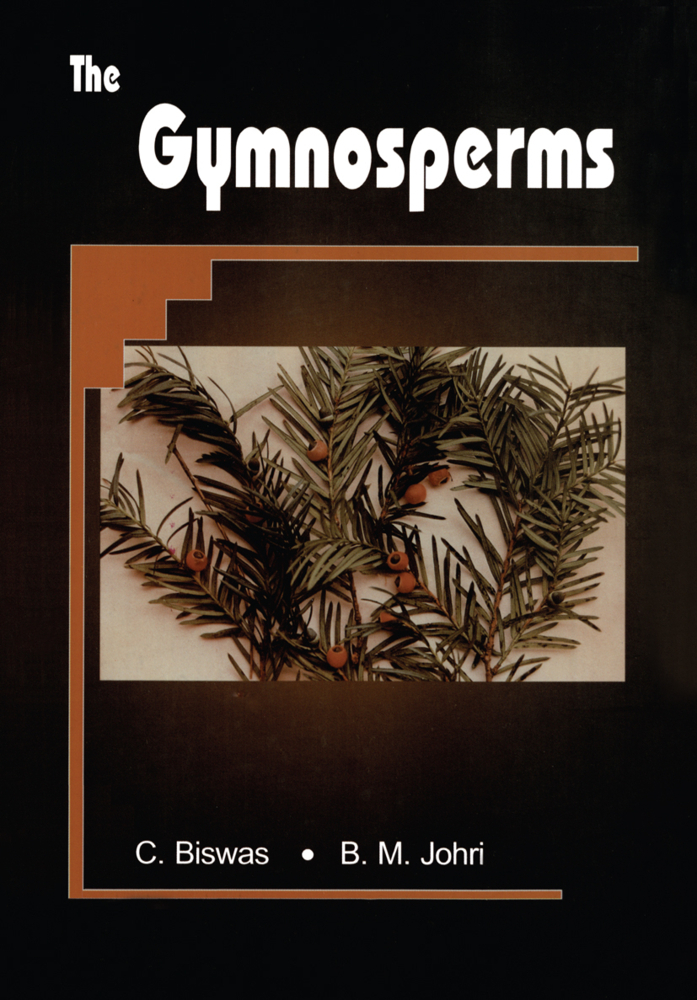Ethnobotany of the Mountain Regions of Brazil
Ethnobotany of the Mountain Regions of Brazil
Research in recent years has increasingly shifted away from purely academic research, and into applied aspects of the discipline, including climate change research, conservation, and sustainable development. It has by now widely been recognized that "traditional" knowledge is always in flux and adapting to a quickly changing environment. Trends of globalization, especially the globalization of plant markets, have greatly influenced how plant resources are managed nowadays. While ethnobotanical studies are now available from many regions of the world, no comprehensive encyclopedic series focusing on the worlds mountain regions is available in the market. Scholars in plant sciences worldwide will be interested in this website and its dynamic content.
The field (and thus the market) of ethnobotany and ethnopharmacology has grown considerably in recent years. Student interest is on the rise, attendance at professional conferences has grown steadily, and the number of professionals calling themselves ethnobotanists has increased significantly (the various societies (Society for Economic Botany, International Society of Ethnopharmacology, Society of Ethnobiology, International Society for Ethnobiology, and many regional and national societies in the field currently have thousands of members). Growth has been most robust in BRIC countries.
The objective of this new MRW on Ethnobotany of Mountain Regions is to take advantage of the increasing international interest and scholarship in the field of mountain research. We anticipate including the best and latest research on a full range of descriptive, methodological, theoretical, and applied research on the most important plants for each region. Each contribution will be scientifically rigorous and contribute to the overall field of study.
Preface
The field (and thus the market) of ethnobotany and ethnopharmacology has grown considerably in recent years. Student interest is on the rise, attendance at professional conferences has grown steadily, and the number of professionals calling themselves ethnobotanists has increased significantly (the various societies (Society for Economic Botany, International Society of Ethnopharmacology, Society of Ethnobiology, International Society for Ethnobiology, and many regional and national societies in the field currently have thousands of members). Growth has been most robust in BRIC countries.
The objective of this new MRW on Ethnobotany of Mountain Regions is to take advantage of the increasing international interest and scholarship in the field of mountain research. We anticipate including the best and latest research on a full range of descriptive, methodological, theoretical, and applied research on the most important plants for each region. Each contribution will be scientifically rigorous and contribute to the overall field of study.
Preface
Chapter 1: Caatinga Ecosystem: A Geo-Environmental and Human LookReinaldo Farias Paiva de Lucena, Bartolomeu Israel de Sousa, Eduardo Rodrigues Viana de Lima, Denise Dias da Cruz, Thamires Kelly Nunes Carvalho, Ramon dos Santos Sousa
Chapter 2: Comparative Ethnobotanical Study Between Plain Regions and Mountain Regions in the Semiarid Region of BrazilReinaldo Farias Paiva de Lucena, Carlos Antônio Belarmino Alves, Thamires Kelly Nunes Carvalho, Camilla Marques de Lucena, Ezequeil Ferreira de Sousa, João Everrhon da Silva Ribeiro
Chapter 3: Ecological and Evolutionary Aspects that Influence the Knowledge of Medicinal Plants in CaatingaRisoneide Henriques da Silva, Edwine Soares de Oliveira, Joelson Moreno de Brito Moura, Mirela Natália Santos, Ulysses Paulino de Albuquerque
Chapter 4: Social Vulnerability and Dependence on Plant Resources in CaatingaLeonardo da Silva Chaves; Edwine Soares de Oliveira; Carlos Vinicius Silveira da Cunha Melo; Valdir de Moura Brito Júnior, Temóteo Luiz Lima da Silva; Ulysses Paulino de Albuquerque
Chapter 5: People-Guided Reconstruction of the Plant Landscape: The Effect of Breeding in Caatinga EnvironmentsLeonardo da Silva Chaves; Ana Karina Caetano dos Santos Marques; Clara de Assis Andrade; Josivan Soares da Silva; Ulysses Paulino de Albuquerque
Chapter 6: Sociocultural Aspects and Management for Biocultural Conservation in CaatingaAna Karina C.S. Marques, Mirela Natália Santos, Nylber da Silva, Ulysses Paulino de Albuquerque
Chapter 7: Living Agroecological Experiences in the Semiarid Region of BrazilFillipe Silveira Marini, Marcelo Galassi Paranhos and Josias de Castro Galvão
Chapter 8: Jurema: A Sacred Plant in Northeastern of BrazilFlávia de Barros Prado Moura, Henrique Costa Hermenegildo da Silva e Sâmia Andrícia Souza da Silva
Chapter 9: Can Landscape Transformations Change the Use and Selection Criteria for Domestic Timber Resources? A Case Study in the Serrote do Amparo Community, Santana do Ipanema-AlagoasCarlos Henrique Tavares Mendes, Marcelo Alves Ramos and Taline Cristina da Silva
Chapter 10: Ethnobotanical Uses and Anatomical Structure of Medicinal Plants of the CaatingaRejane Magalhães de Mendonça Pimentel, Clébio Pereira Ferreira, Milena Dutra da Silva, Maria das Graças Santos das Chagas, Janaína Vital de Albuquerque, Luiz Henrique Gonçalves da Silva
Chapter 11: Forest Restoration in CaatingaJacob Silva Souto
Chapter 12: Rationality in Contemporary EthnobiologySérgio de Faria Lopes
Chapter 13: Sustainability Indicators System for Family Agriculture and Conflict Management in the Caatinga AreaIzabel Cavalcanti Barros Lamenha Pinto, Cícero de Sousa Lacerda, Camilla Marques de Lucena, Reinaldo Farias Paiva de Lucena
Chapter 14: Conservation Priority Index of Medicinal Plants in the Semiarid Region of BrazilEzequiel Ferreira da Costa, André dos Santos Souza, Rainer W. Bussmann, Narel Y. Paniagua Zambrana, Denise Dias da Cruz, Reinaldo Farias Paiva de Lucena
Chapter 15: Ecological Appearance Hypothesis: Defining Regional Patterns of Use of Native Caatinga SpeciesReinaldo Farias Paiva de Lucena, Thamires Kelly Nunes Carvalho, Ezequiel Ferreira de Sousa, Camilla Marques de Lucena, André dos Santos Souza, Denise Dias da Cruz
Chapter 16: Human Capital in the Process of Adaptation to Climate Variations in the Semiarid Region of BrazilJosé Ribamar de Farias Lima, Thamires Kelly Nunes Carvalho, Robbie Hart, Rainer W. Bussmann, Denise Dias da Cruz, Reinaldo Farias Paiva de Lucena
Chapter 17: The Trade of Medicinal Plants in the Public Market of Floriano, Piauí, Northeast BrazilMoniky Silva Dias, Jose Ribamar de Sousa Junior, Julio Marcelino Monteiro
Chapter 18: Comparison of Medicinal Plant Knowledge Between Two Communities in a Semiarid Region of Northeastern BrazilIdaiany da Silva Costa, Jose Ribamar de Sousa Junior, Julio Marcelino Monteiro
Chapter 19: Traditional Knowledge and Population Structure of Three Important Tree Species in a Semiarid Region of Piauí, Northeast BrazilDebora Cristina Alves Lima, Karen Kris Santos and Silva, Jose Ribamar de Sousa Junior, Julio Marcelino Monteiro
Chapter 20: Knowledge, Use, and Management of Cactaceae Species in the Semiarid Region of BrazilCamilla Marques de Lucena, Thamires Kelly Nunes Carvalho, Ailza Nascimento, Kamila Marques Pedrosa, Alejandro Casas, Reinaldo Farias Paiva de Lucena
Chapter 21: Agroecological System in Mountain Environment: The Case of the Morgados Mountain Range, Bahia, BrazilErnani Machado de Freitas Lins Neto, Vitória Kelly do Nascimento Firmino, Alessandra Freire de Oliveira Martins, Ivan Santos Teixeira
Chapter 22: Traditional Knowledge About Food and Emergency Plants (PANCs) in the Semiarid Region of BrazilErnane Nogueira Nunes, Camilla Marques de Lucena, Flávia de Oliveira Paulino, Ana H. Ladio, Denise Dias da Cruz, Reinaldo Farias Paiva de Lucena
Chapter 23: Physical Properties of Wood and Their Relationships with Local Use and Preferences in the Semiarid Region of Northeastern BrazilFábio José Vieira, André Luiz Borba do Nascimento, Lucilene Lima dos Santos, Ulysses Paulino de Albuquerque, Roseli Farias Melo de Barros
Chapter 24: Knowledge Management of Lazy Plants in Farms in Northeastern BrazilJosé Rodrigues de Almeida Neto, Roseli Farias Melo de Barros
BibliographyIndex
Farias Paiva de Lucena, Reinaldo
Dias da Cruz, Denise
| ISBN | 978-3-030-87252-6 |
|---|---|
| Medientyp | Buch |
| Auflage | 1st ed. 2023 |
| Copyrightjahr | 2023 |
| Verlag | Springer, Berlin |
| Umfang | XX, 700 Seiten |
| Sprache | Englisch |

